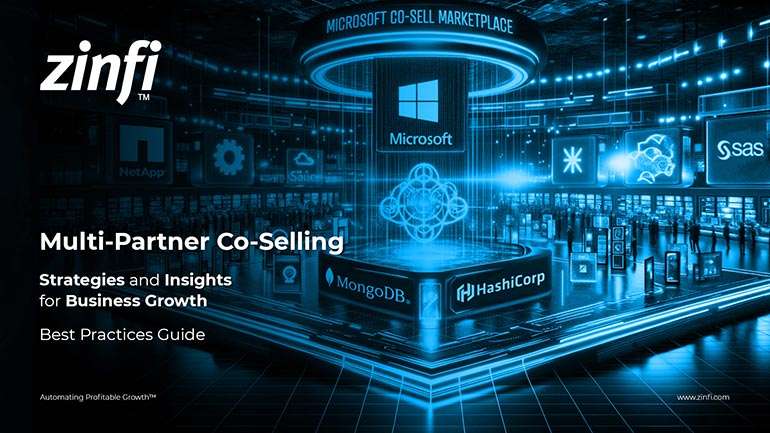Best Practices Articles

How to Empower Country Teams Using Channel Marketing Automation
The primary challenge for any reasonably large technology company with global presence, marketing in a business-to-business (B2B) channel environment, is making sure that marketing assets that are created centrally for global use can actually be deployed locally. Most companies would also like to see substantial content development and deployment at a country level to boost the local sales efforts. So, how do you do that in today's resource-constrained environment? This is where a global channel marketing automation platform and concierge services come in.
In today's resource constrained environment the constant focus is on greater accountability and ROI tracking from marketing investments. Traditionally, an army of marketing resources is needed not only to develop campaigns, but also to execute them and track results. Surprisingly, very few organizations take a structured approach to marketing and few apply marketing automation or, indeed, sufficient resources to their campaigns. As a result, they resort to running impromptu campaigns that are insufficiently strategized and coordinated to drive predictable results or report ROI on a central or global level. As a result, far too much channel marketing investment ends up being questioned.
And to complicate this further, lack of insight at global level into country-by-country activities leaves the last mile in a cloak of invisibility, where it’s impossible to see whether content is touching prospects or customers via channel partners. This inability to monitor campaign results and ROI leads to further poor decisions regarding the future of campaigns: how can the marketing teams know which horizontal or broad-brush campaigns can be leveraged globally, and which are better suited to a vertical market approach (e.g. education or retail) that will need to be developed locally.
In fact, there is a relatively simple fix for this problem. The goal of loading global marketing assets and then allowing different countries to augment these with local content can be easily addressed with a well-structured and systematic channel marketing automation program. These are the core elements to look for:
- Group and Role Management- Your channel marketing automation platform should allow you to set up different groups, e.g., global, country or territory teams, as well as assign specific roles in the process to channel partners, channel marketing managers, distribution managers, or channel account managers.
- Setting Access Rules- The channel marketing automation platform should allow you to set access rules, i.e., define who can upload, edit, view and use content and campaigns for marketing activities.
- Assignment of Campaigns by Access Rights- You should also be able to assign certain campaigns and assets to certain groups and roles. This graded access and rights management capability is critical for your channel marketing automation platform, because providing personalized campaign access significantly improves partner experience, creates greater control and better reporting.
- Content Localization- Once you have uploaded global campaigns to the channel automation platform, your local country teams should be able to access this content to localize or customize it - without, of course, being able to change the master copies and assets. The ability to copy existing material from a global library, and create a local content library is a must-have capability for your channel marketing automation platform
- Campaign Usage- Your channel marketing automation platform should be able to track detailed usage reports that show who is accessing your global content, who is creating local campaigns, and how they are working. This knowledge can be applied in many ways, for example in ‘reverse engineering’ local campaigns. You might be able to take a successful local campaign and go global or regional with that material, with or without modification. Visibility into campaign usage is critical to drive better ROI both at a local and global level.
- Agency & Concierge Access - Many large organizations use multiple third party agencies and marketing concierge services, so the channel marketing automation platform should be capable of allowing those external groups to access campaigns and content in a secure fashion.
- Dynamic Reporting- In addition to usage, the channel marketing automation platform should also be able to track all necessary input and output metrics tied to your social marketing, search marketing, event marketing, email marketing, or other marketing mechanisms.
- Single-Sign-On (SSO)- In addition to these core edit capabilities you should be able to manage access (add, delete, modify users, rights, etc.) in a dynamic way, either from your partner portal or via your channel marketing automation Therefore your channel marketing automation platform must have a Single-Sign-On (SSO) connector.
- CRM Integration- Last but not least, for you to allow your country teams to access your content management system from your channel marketing automation platform, you will need to make sure data can flow back and forth from your existing CRM platform, whether it is on Salesforce.com, SAP, Microsoft Dynamics, Oracle or another CRM platform.
These nine core capabilities of your channel marketing automation platform are critical to enable your country teams to access global materials, customize them and use them locally - either using internal company resources or via external marketing concierge services or creative agencies. ZINFI’s Unified Partner Management platform, comprising Partner Relationship Management (PRM) and Partner Marketing Management (PMM), allows any organization to seamlessly deploy global content and assets and customize them locally.
Best Practices Guidebook
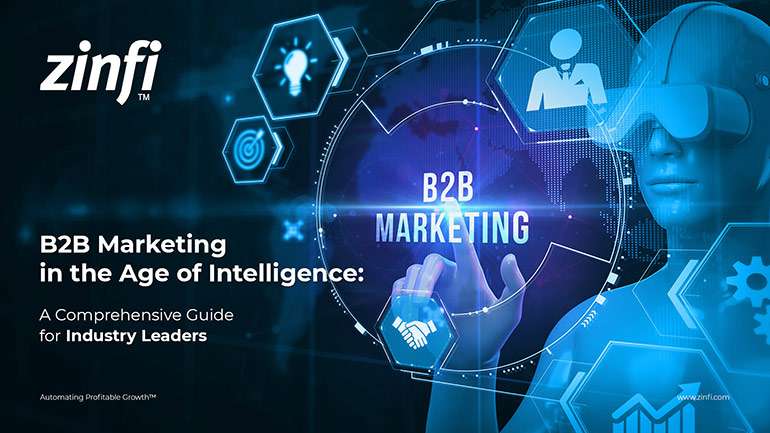 B2B Marketing in the Age of Intelligence Best Practices
B2B Marketing in the Age of Intelligence Best PracticesDownload Guide
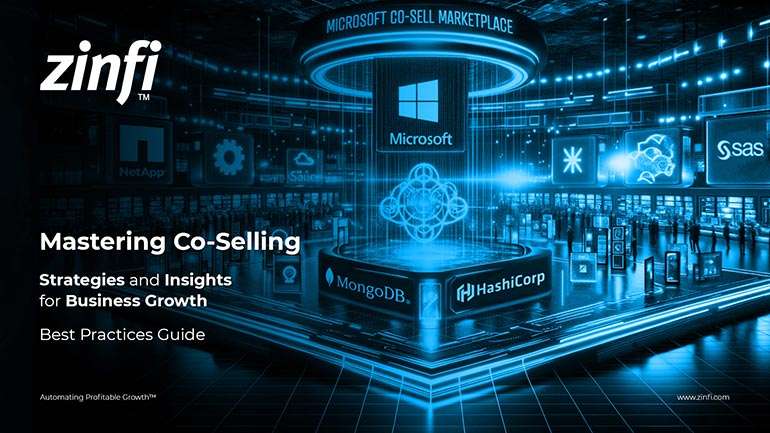 Multi-Partner Co-Selling Best Practices
Multi-Partner Co-Selling Best PracticesDownload Guide
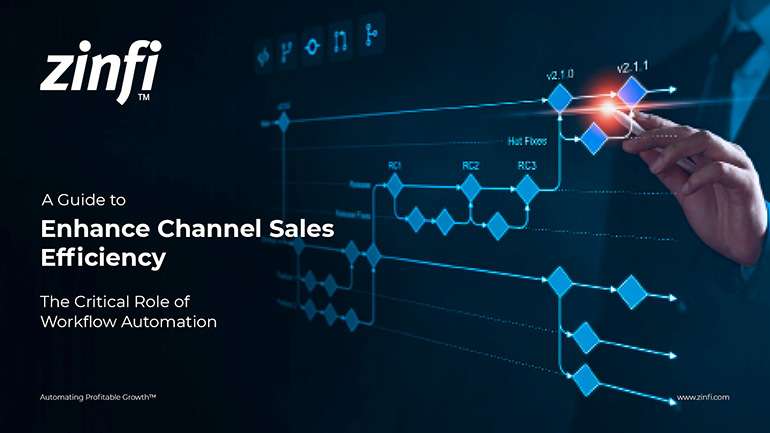 A Guide to Enhance Channel Sales Efficiency
A Guide to Enhance Channel Sales EfficiencyDownload Guide
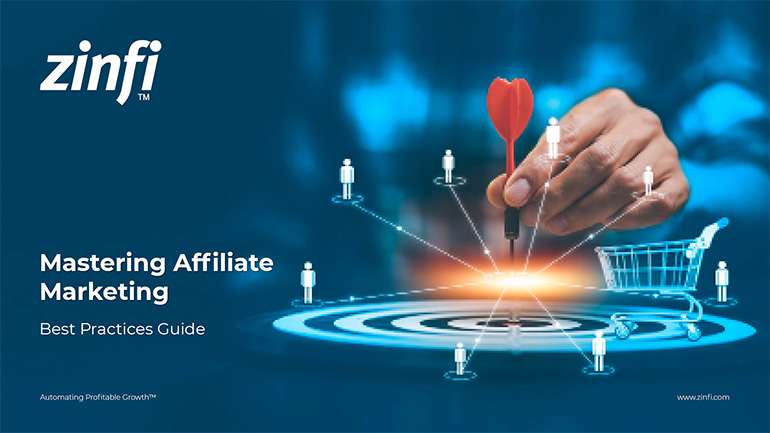 Mastering Affiliate Marketing Best Practices
Mastering Affiliate Marketing Best PracticesDownload Guide
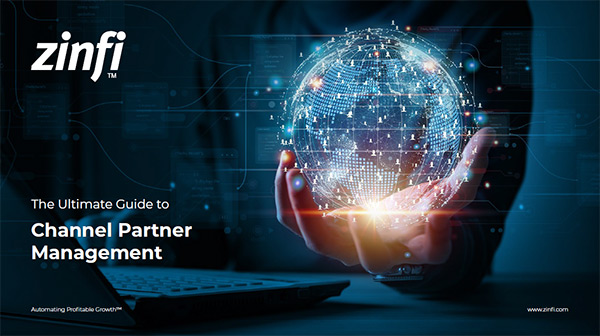 The Ultimate Guide to Channel Partner Management
The Ultimate Guide to Channel Partner ManagementDownload Guide
 Top 10 Trends in 2024 Partner Relationship Management
Top 10 Trends in 2024 Partner Relationship ManagementDownload Guide
 Building Bridges: Best Practices in PRM
Building Bridges: Best Practices in PRMDownload Guide
 Mastering Channel Marketing Best Practices
Mastering Channel Marketing Best PracticesDownload Guide
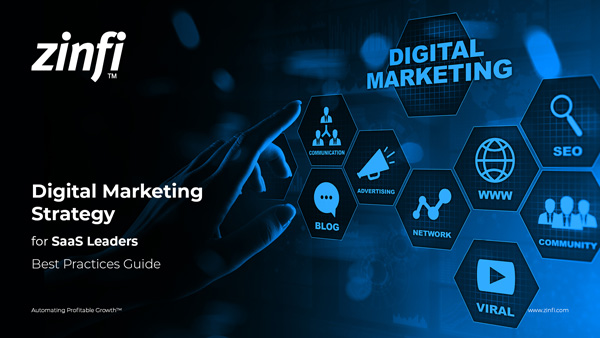 Digital Marketing Strategy for SaaS Leaders
Digital Marketing Strategy for SaaS LeadersDownload Guide
 Mastering Partner Management Best Practices
Mastering Partner Management Best PracticesDownload Guide
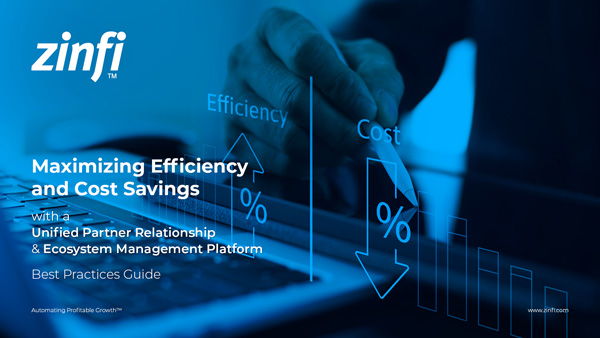 Maximizing Efficiency and Cost Savings with Partner Ecosystem
Maximizing Efficiency and Cost Savings with Partner EcosystemDownload Guide
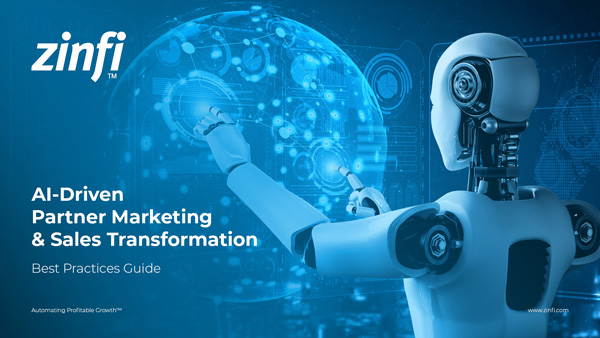 AI-Driven Partner Marketing Best Practices
AI-Driven Partner Marketing Best PracticesDownload Guide
 Agency Partners Best Practices
Agency Partners Best PracticesDownload Guide
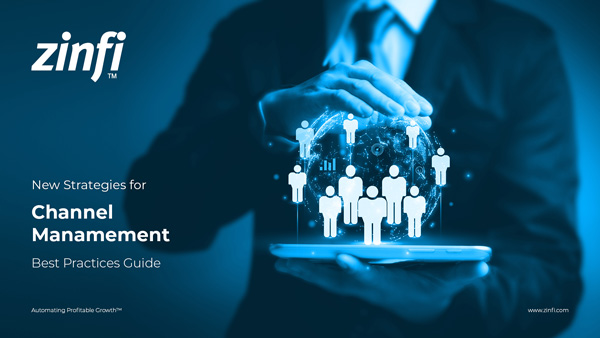 New Strategies for Channel Management Best Practices
New Strategies for Channel Management Best PracticesDownload Guide
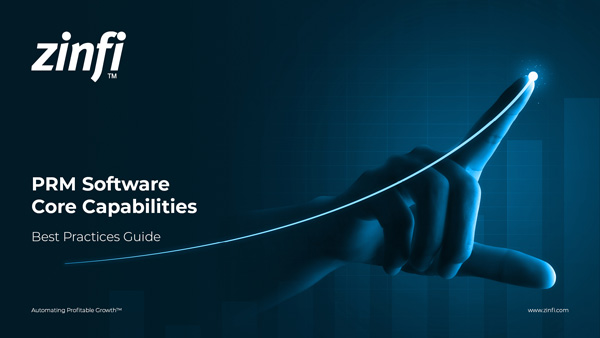 PRM Software Best Practices & Core Capabilities
PRM Software Best Practices & Core CapabilitiesDownload Guide
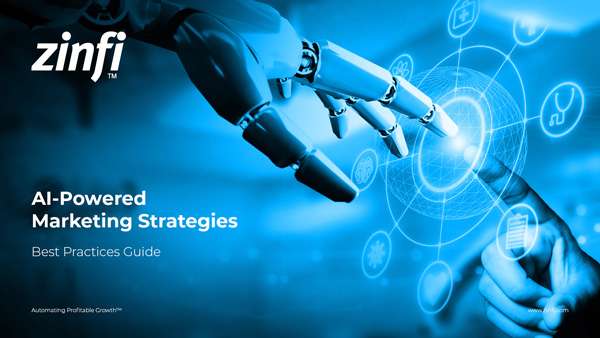 AI-Powered Marketing Strategies Best Practices
AI-Powered Marketing Strategies Best PracticesDownload Guide
 Partner Onboarding Best Practices
Partner Onboarding Best PracticesDownload Guide
 Affiliate Marketing Management Best Practices
Affiliate Marketing Management Best PracticesDownload Guide
All Guidebooks


